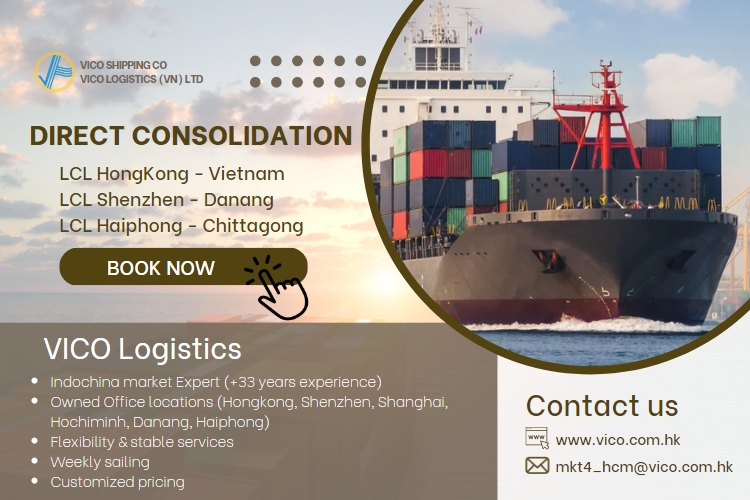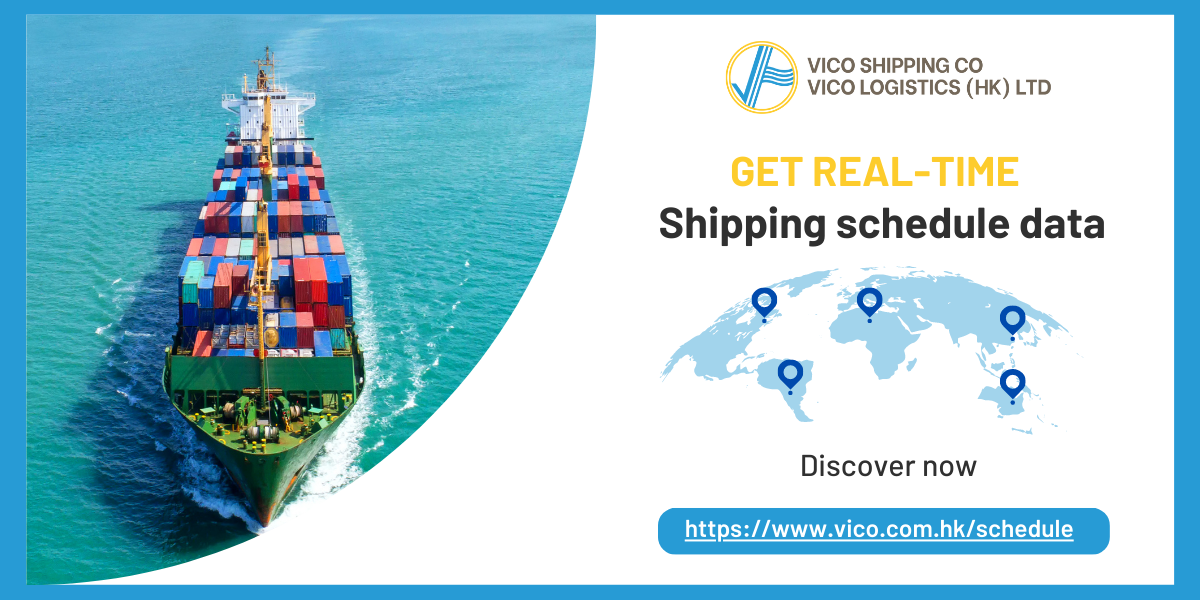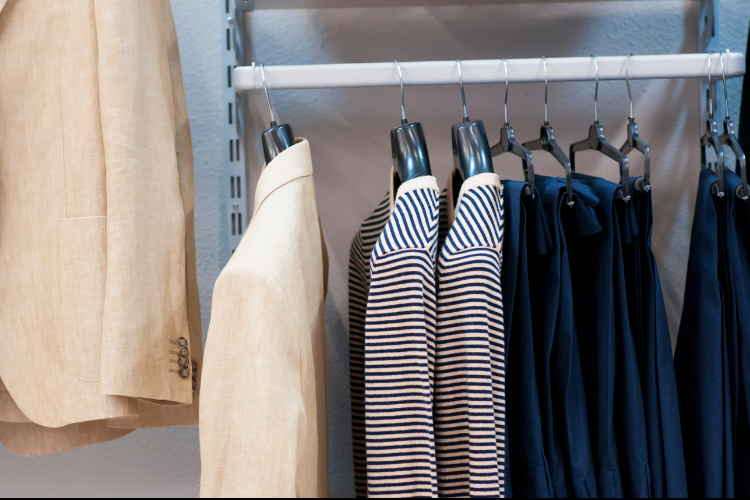
* This article is available in Chinese and Vietnamese
One problem the garment industry faces is how they import raw materials and then export finished products to markets. Furthermore, textiles and clothing are very sensitive to high humidity and must be transported in suitable vehicles or containers. Therefore, shipping garments and textiles account for a major cost of business enterprises and factories.
How are textiles and garments shipped?
There are four main modes of transportation used by the textile industry: air, sea, rail, and then by truck to get to retail stores. Road transport of textiles and light industrial products is the most convenient and affordable option.
When you have a large number of textiles to ship across the country or between regions, your company can choose Full Truck Load (FTL); if your shipping cost is low, you can choose Less than Truck Load option (LTL). LTL is determined by freight density and cargo classification. If you are a textile manufacturer, you can use FTL or LTL to transport products from a factory to a warehouse, a retailer, or even other manufacturers & customers.
When shipping overseas, your products must be transported by sea. When importing or exporting your clothing items, there are 2 types of shipping methods.
>> Challenges Faced by the Textile Manufacturing Industry in 2023
Flatpack method:
Most importers choose to transport their garments using the traditional flat packaging method, in which the supplier folds the garment and packs it into a box. It is cost-effective and perfectly suitable for high-volume fashion.
However, flat packaging of high-quality clothing made of delicate or sensitive fabrics may lead to undesirable results. It can cause crushing and wrinkling, requiring rework (ironing or steaming) before retailers can display them for sale. This will significantly increase the cost and time of the supply chain.

Garment On Hanger (GOH):
Various GOH methods ensure a more consistent garment condition which reduces wrinkles and minimizes in-store setup and reprocessing time. This has the ripple effect of reducing costs because in some cases all suppliers can complete all garment preparations at the place of origin.
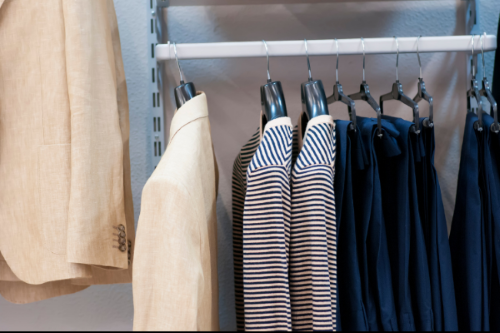
For example, most T-shirts and pajamas are imported in flat packaging. However, women's fashion and men's suits are generally more expensive, and they are all shipped with hangers and carried directly in the store.
Tips for cost-effective transporting garments & textile products:
To transport garments with the highest efficiency, you need to prepare the proper documents for the transporter/freight forwarder. Goods preparation must be done carefully, including:
-
Prepare full documents, usually including red invoices, sales contracts, delivery notes, and certificates of goods as required (if imported and exported),...
- Garments get wet very easily, so they need to be packed and boxed carefully. You should notify the carrier to avoid loading garments with items that are prone to water leakage.
- Garments need to be checked for specifications, quantity, and quality before delivery.
- Prepare consignees in advance to avoid missing goods and incurring long-distance transshipment costs.
- High-value goods should have insurance bought in advance.
- Find a reputable garment shipping company to have both good rates and satisfactory service.
Transporting garments by road has unforeseen risks; being well-prepared will limit your risks, save you costs, and get your goods shipped quickly.
Garments & textiles shipping services by VICO Logistics
Choosing the right shipping partner for your fabrics and textiles can help you overcome those difficulties and maintain a strong supply chain. VICO Logistics has been serving customers in many countries and retail supply chains for more than 30 years.
We offer customized prices for customers depending on volume & size of goods, etc. We advise logistics solutions and suitable garment shipping methods that best suit your business need.
Our Logistics services for garment and textile products include:
· Freight Shipping of clothing, fashion, and apparel
· Air transport of clothing, fashion, and apparel
· Land transportation from factory to port and retailers
· Direct consolidation services within major routes that save 80% of your shipping cost.
· Shipping with garment boxes/ flat pack method
· Shipping with garment on hanger (GOH).
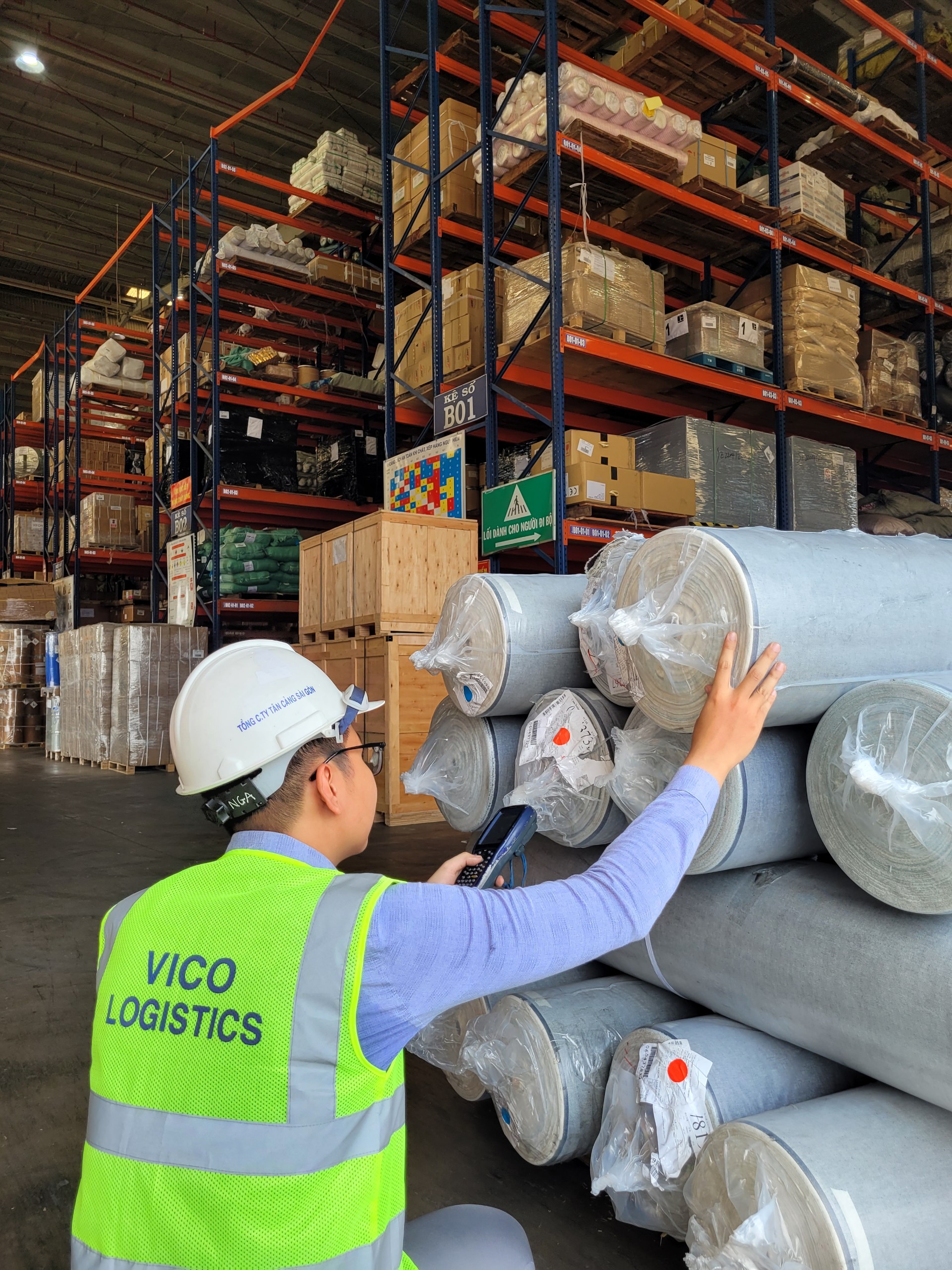
>> Contact us today to see how we can help you stay ahead in this fast-changing industry.
Sources:
https://www.shippingandfreightresource.com/what-is-a-garment-on-hanger-container/
https://www.fibre2fashion.com/industry-article/6018/various-ways-of-shirt-packing
Related posts:
1. The COVID Impact To Garment And Textile Industry In Asian Countries
------------------------------------------------------------------------
VICO LOGISTICS – Indochina Logistics Expert
Premium member of Eurocham, JCtrans, Ziegler One, VLA, VCCI,... associations
Owned offices: Hong Kong (headquarter), China (Shenzhen, Shanghai), Vietnam (Ho Chi Minh, Da Nang, Hai Phong).
Follow us for more valuable information
Youtube https://www.youtube.com/@vicologistics2967
Linkedin https://www.linkedin.com/company/vico-logistics-hk/
Fanpage https://www.facebook.com/VICOLogistics
Book now:https://vico.com.hk/#quotation
Contact us: mkt4_hcm@vico.com.hk (For business development)
